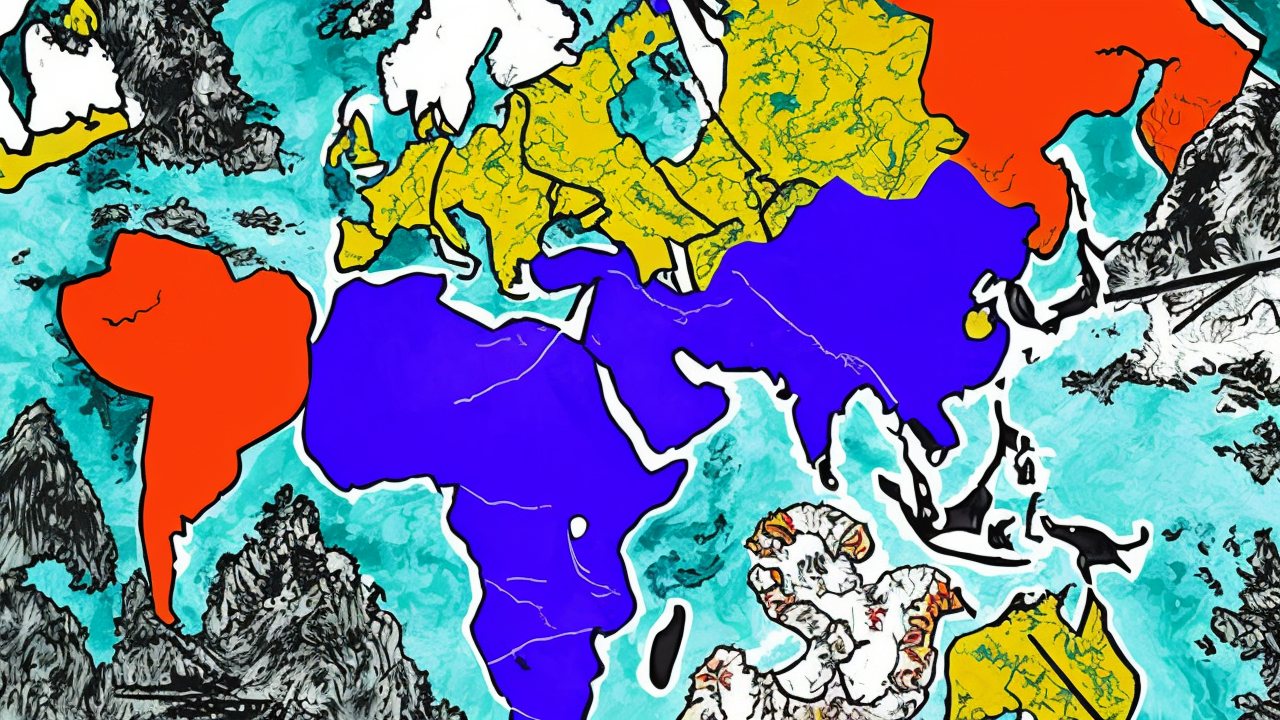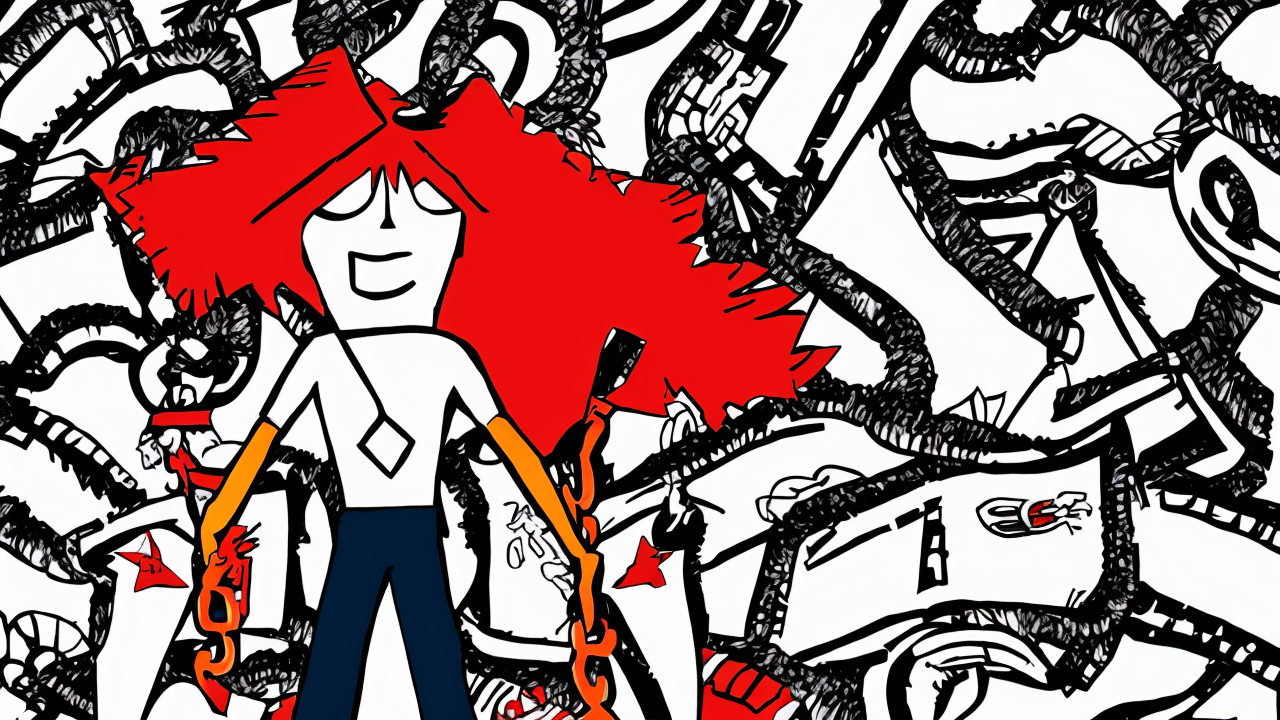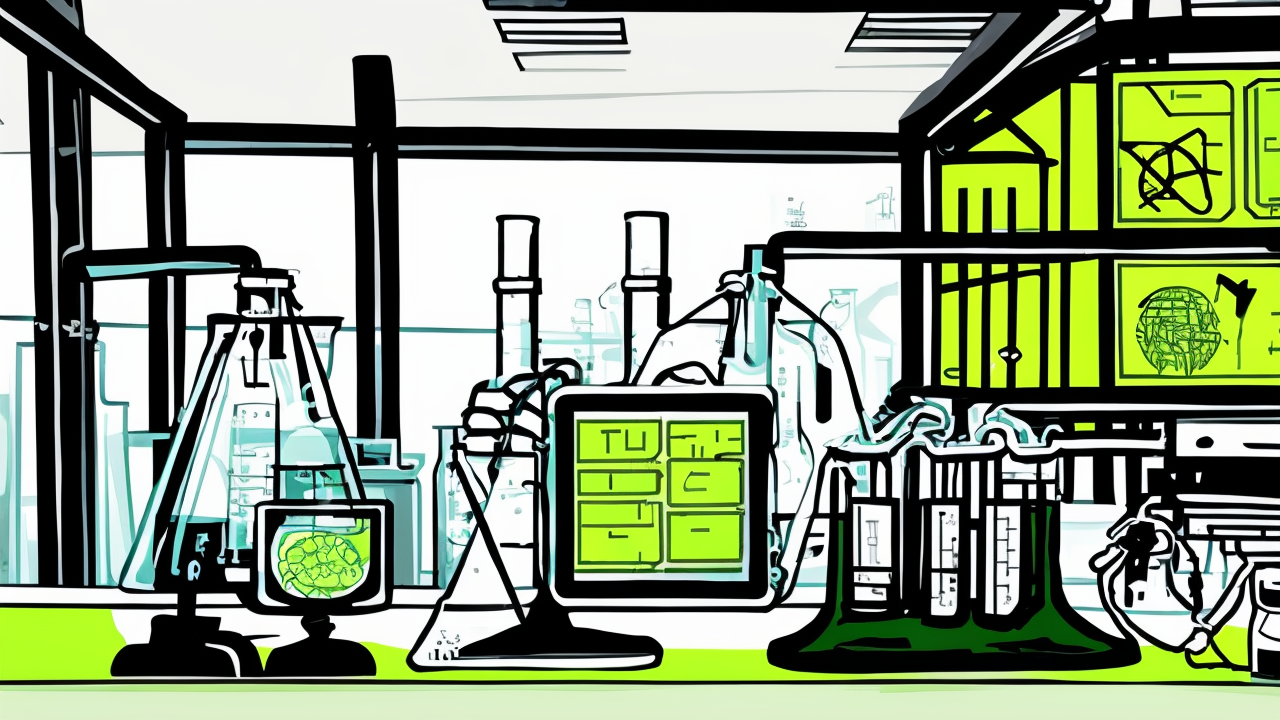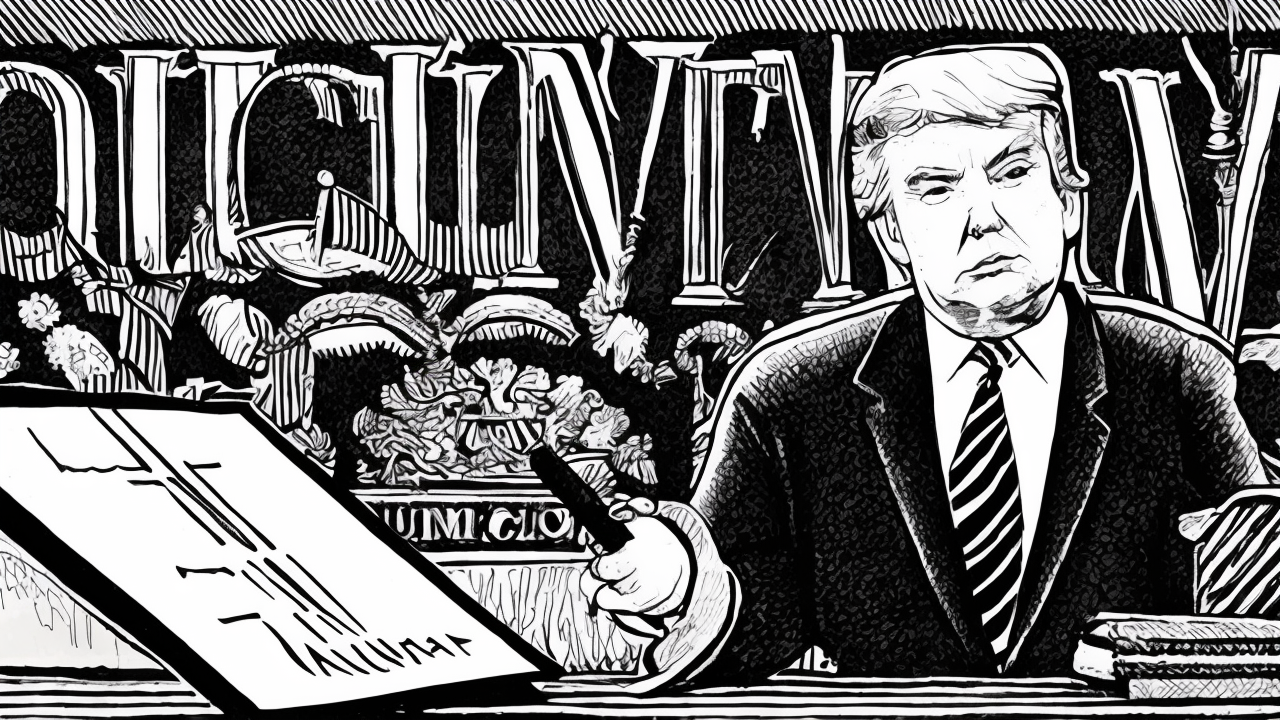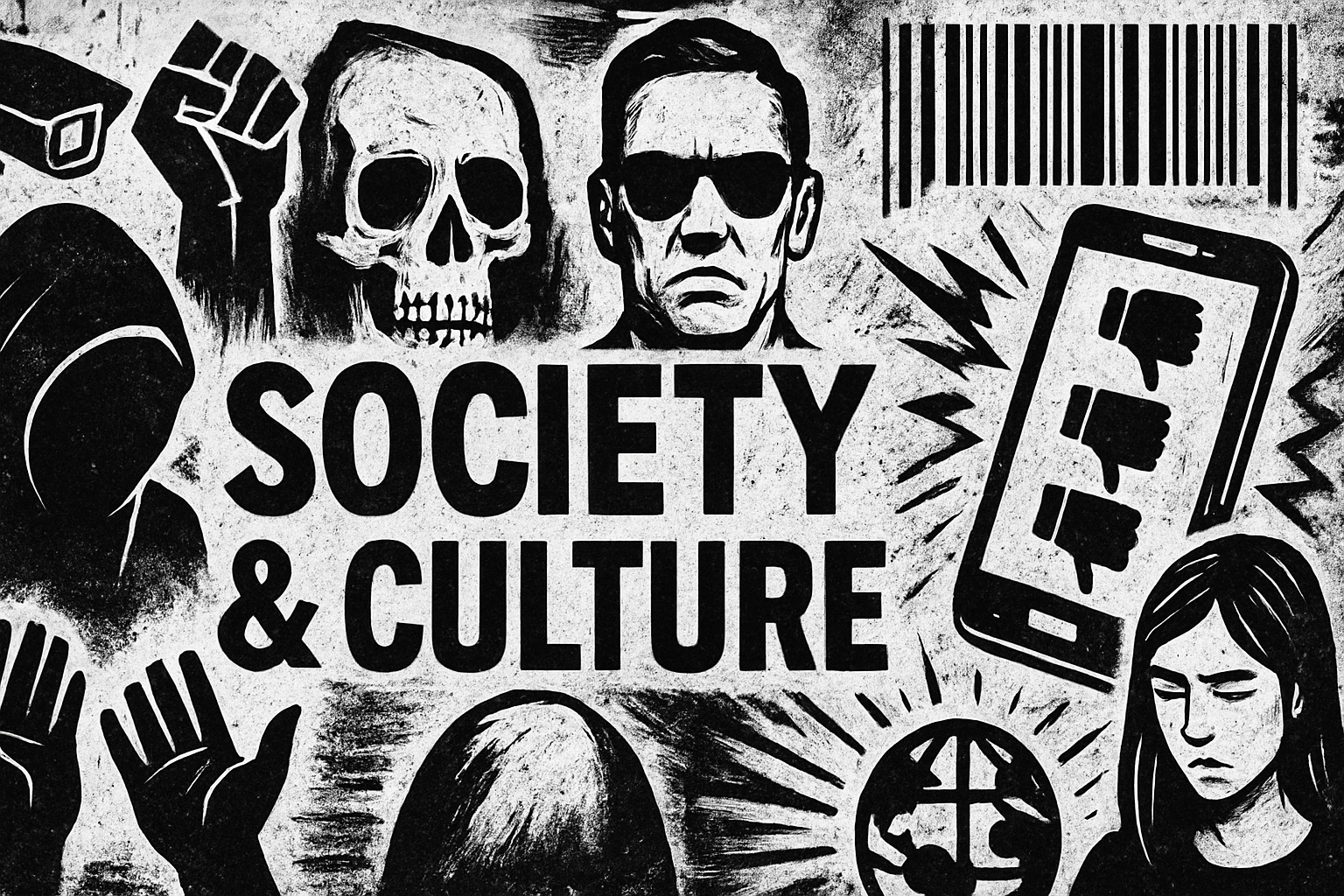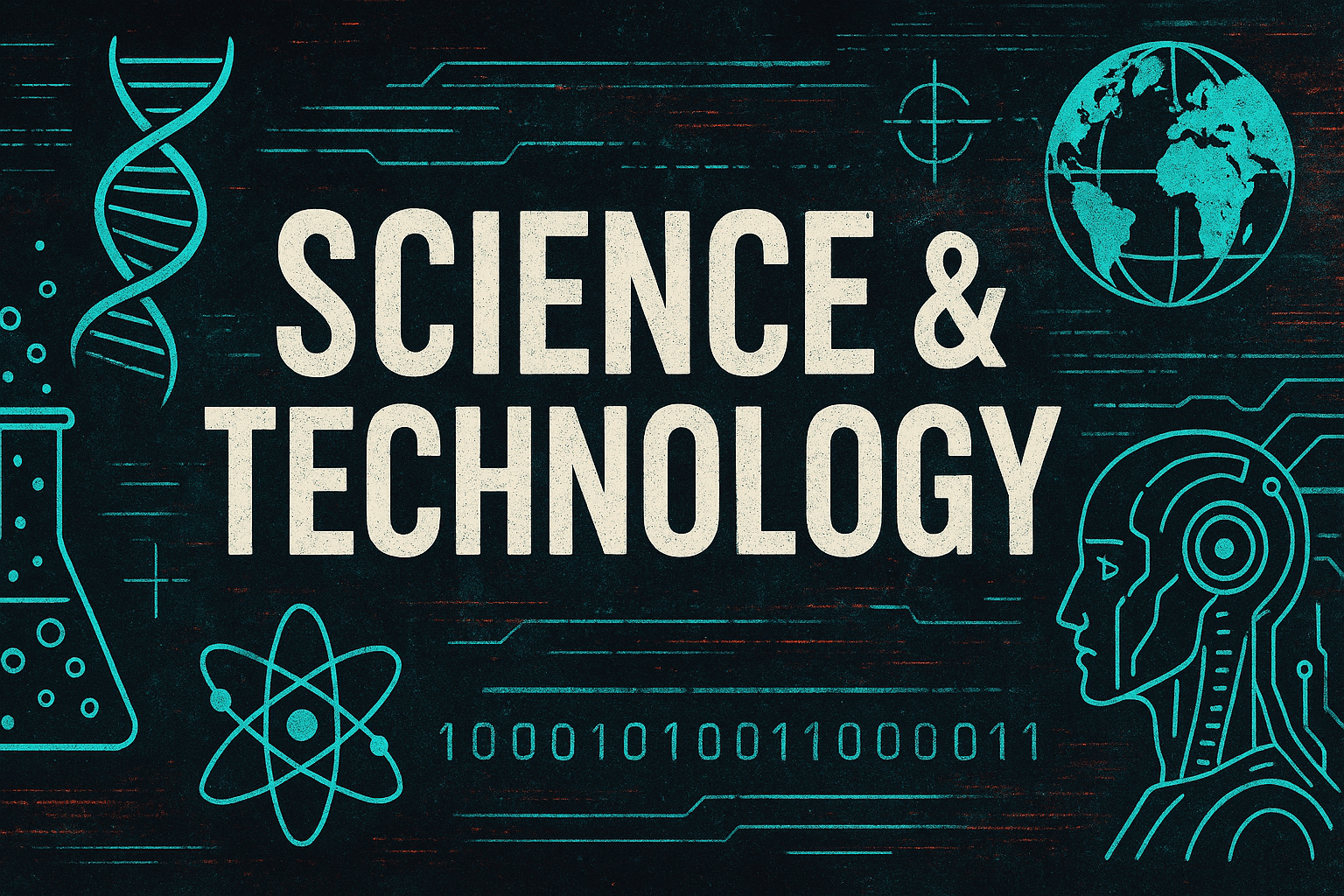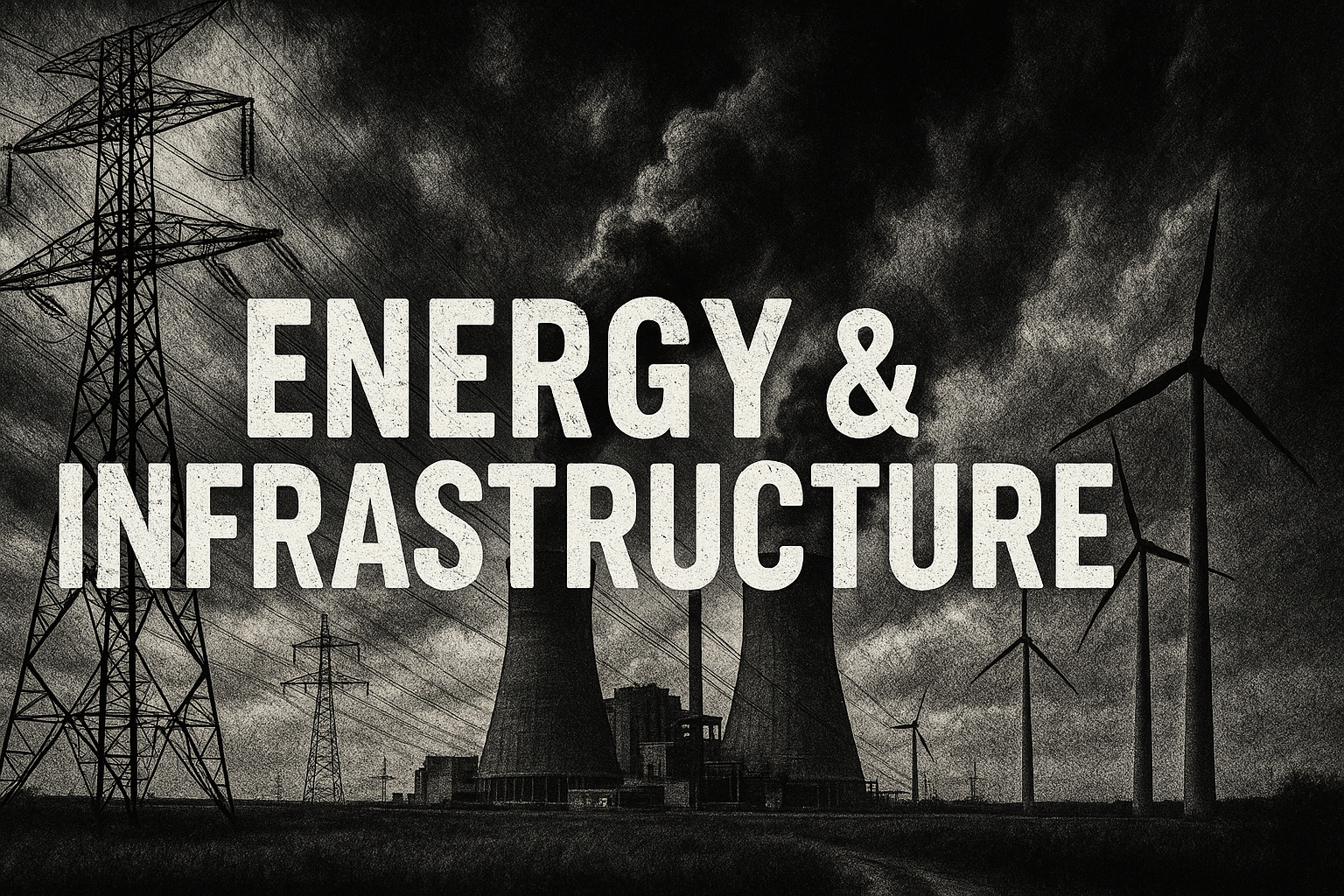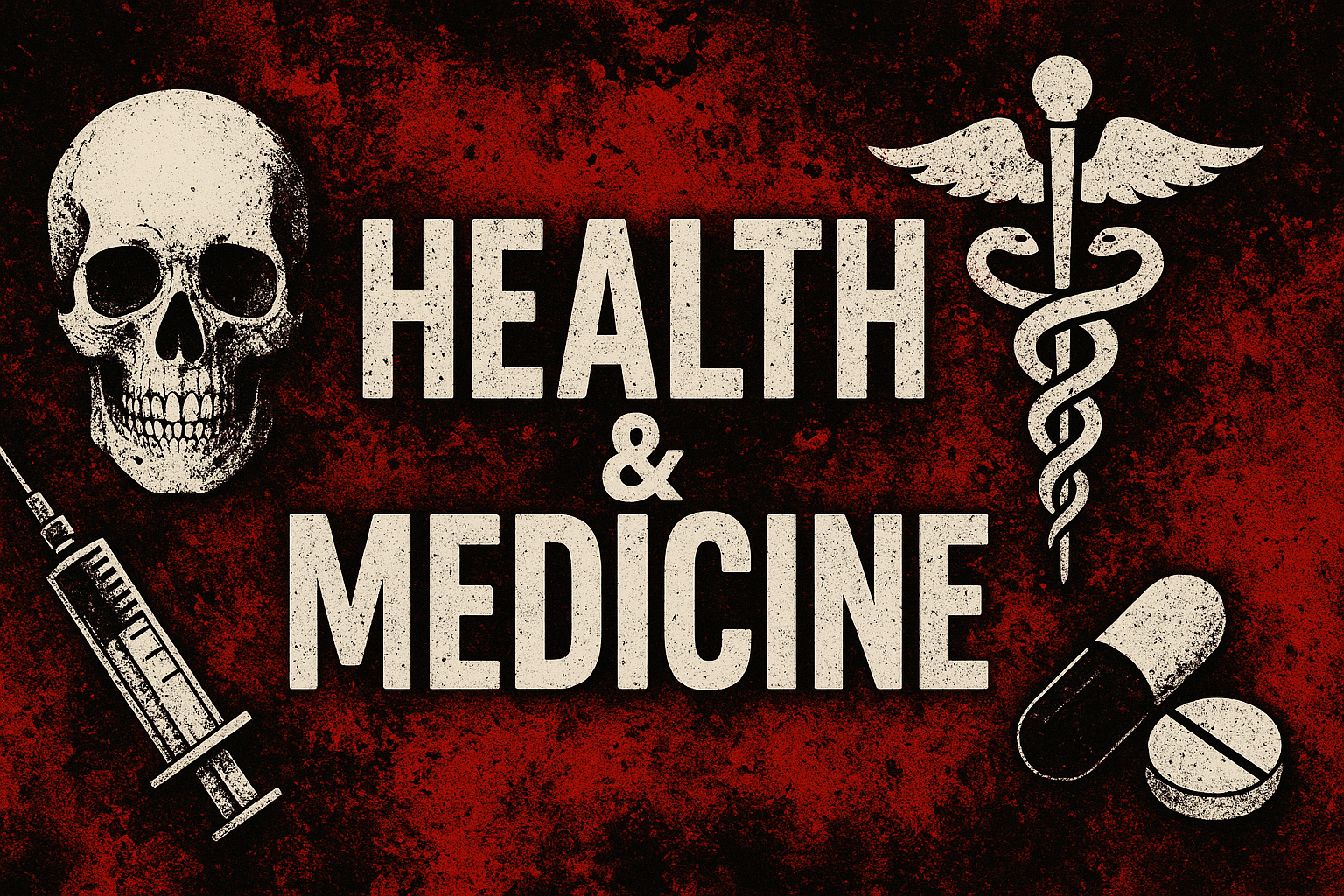The Hidden Costs of IVF: A Pro-Life Advocate's Struggle with Frozen Embryos

Ericka Andersen, a committed pro-life advocate, turned to in-vitro fertilization (IVF) to fulfill her dream of parenthood. However, her journey revealed a deeply unsettling reality—one that challenges the ethical boundaries of IVF and raises questions about transparency in the fertility industry. Andersen discovered that her IVF process created nine additional embryos, a fact she was never fully prepared for. These embryos, frozen in a clinic, now bear her DNA, leaving her with a profound sense of grief and responsibility. "If I believe life begins at conception, and I do, there are nine lives sitting on ice in a freezer that bear my DNA," she wrote in a recent post. IVF involves extracting eggs, fertilizing them outside the womb, and transferring embryos into the uterus. Any unused embryos are typically frozen. However, the fate of these embryos is often left to chance. Many families, like Andersen's, are blindsided by the number of embryos created and the ethical dilemmas they face. The fertility industry operates with little oversight, leaving families uninformed about their options. In 2022, over 184,000 IVF freezing cycles were reported, yet no definitive data exists on the number of embryos frozen or destroyed. Clinics focus on success rates, often defined by live births, without reporting embryo loss or destruction reasons. Andersen's story underscores the need for greater transparency. Families deserve clear information about the implications of IVF, including the fate of leftover embryos. The ethical issues surrounding embryo handling demand reconsideration, highlighting the importance of informed consent and accountability in the fertility industry.
Published: 7/14/2025

